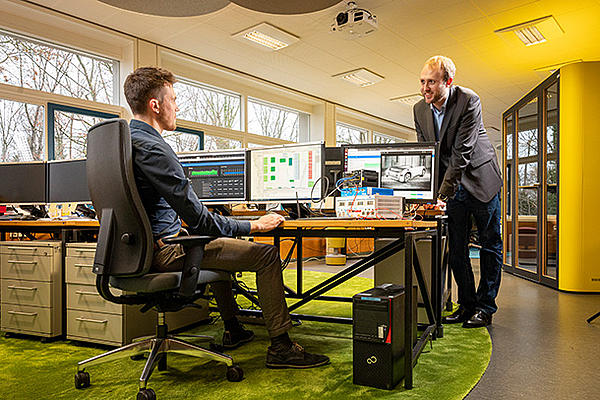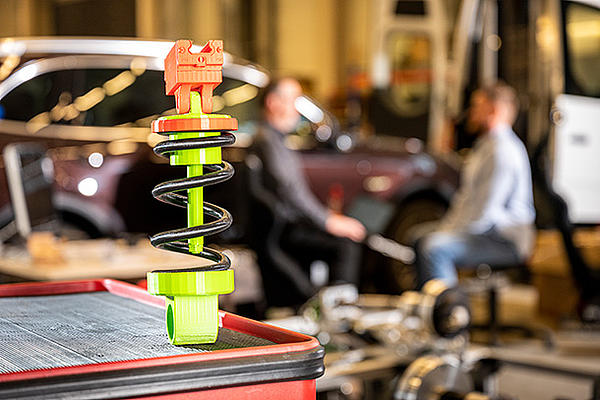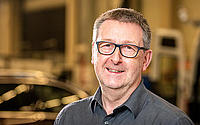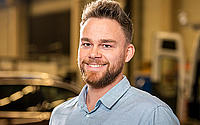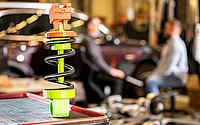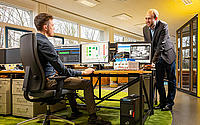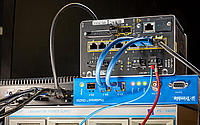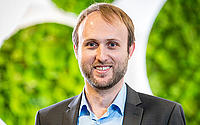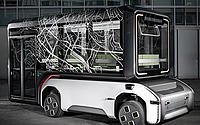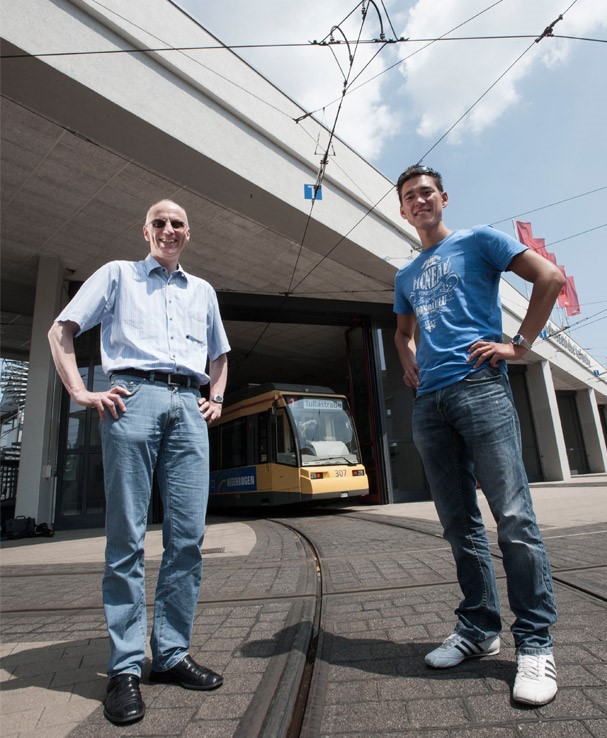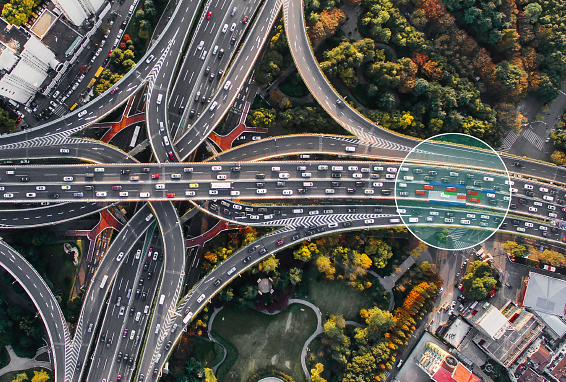Citizen participation in the development process
Following a detailed feasibility study, a rolling prototype was created in 2020 in order to simulate the basic principle of U-Shift at an early stage. This was to make the vehicle tangible and thus obtain external insights and opinions. “Intensive discussions in the context of a citizen dialogue allow needs and wishes from society to flow into further development. Taking this input into account, as well as detailed consideration of the technology, a demonstrator is currently being created,” says Dr. Frey, describing the current status of the project. In addition to the further development of the technical components, the demonstrator is also focusing a critically questioned issue:
Safety
“In a driverless, fully automated car, we need certainty that everything works. On the one hand, it needs to be safe for occupants and the environment, but on the other hand, it must also be fully protected against attacks by hackers, for example. Complete failures can have fatal consequences, so we have to provide mechanisms such as firewalls, cryptology or authentification with the highest intelligence to take precautions for fail-safety,” says Dr. Hannes Stoll, research associate at ITIV. Since vehicle control is based on software, software crashes or hacker attacks are scary but realistic scenarios in addition to artificial intelligence errors. Technical shortcomings and malfunctions are legitimately the focus of habit-loving consumers, which is why the research team is intensively addressing the issue of safety at all levels. “Monitoring systems give a sense of security. U-Shift will also have one, for example a control center that can intervene and release driving-commands when necessary”, says Dr. Frey. In addition to feasibility, the inventors are thus focusing on one of the most important factors of mobile future scenarios: acceptance.
Is U-Shift suitable for everyday use?
“If we enter the market with a system like U-Shift without automated driving being established in a wide range, it will be very difficult to achieve widespread acceptance. One approach is to introduce such a concept in the freight sector or on closed routes first, for example”, says Schindewolf. However, initial feedback with test runs of autonomous minibuses in cities shows that the concept is not only useful for the freight sector. “The population has a very positive attitude, with older people in particular showing extreme interest in the technology. For them, U-Shift offers the opportunity to remain mobile without a driver's license in old age”, summarizes Dr. Frey. It will probably be a few years before the concept is seen on the roads. But we can already dream that U-Shift will support today's young generation in old age.
